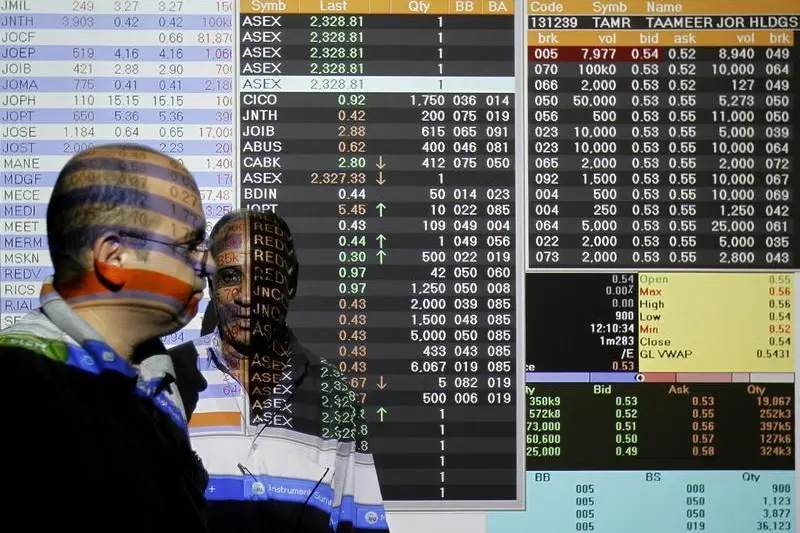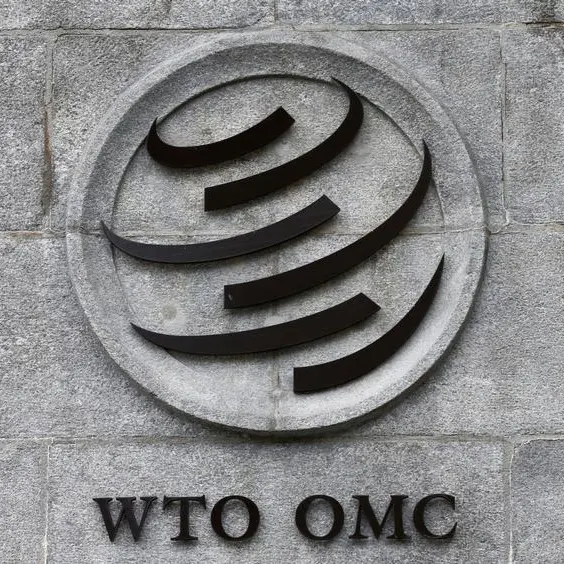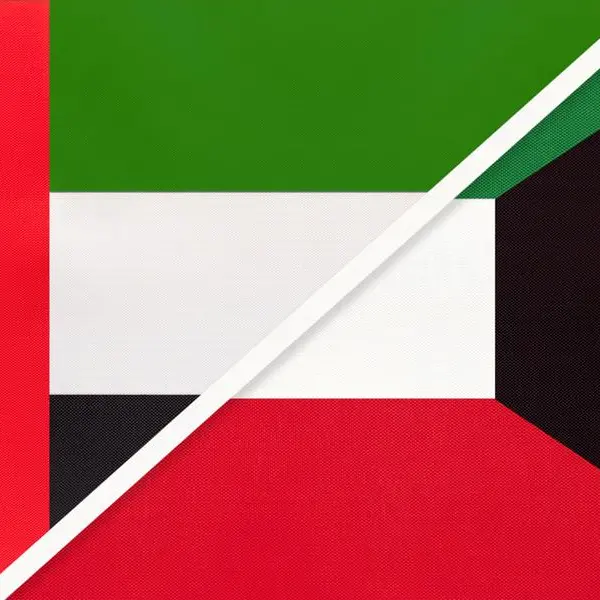PHOTO
By Michael Turner
LONDON, Nov 5 (IFR) - Jordan made a strong return to the bond markets this week to print its first standalone deal in five years, though huge international demand will do little to ease liquidity concerns surrounding the Middle East.
Jordan (B1/BB-) sold a US$500m 2025 bond at a yield of 6.375%.
The deal began marketing in the area of 6.75%, with initial guidance at 6.50-6.625%, before a final revision.
A source close to the deal defended the leads' decision to start as wide as they did, and the subsequent 37.5bp cut, claiming that investors' feedback suggested that they wanted the marketing to begin at even higher levels.
"The colour that investors gave was closer to 7%," said the source. "But Jordan did not want to raise a couple of billion, and it was index eligible and a rare issuer, so they could be quite aggressive in pricing."
Jordan is reasonably rare among Middle East sovereigns in that its GDP-per-capita is low enough to make its bonds EMBI-eligible, said the source.
This led to strong demand from international emerging market buyers, with the regional bid less influential. Middle East banks have been suffering in recent months from low liquidity.
Investors in Jordan's deal looked at Tunisia (Ba3/NR/BB-) and Morocco (Ba1/BBB-/BBB-) as comparables, while leads also pointed to the debt of Lebanon (B2/B-/B) and Egypt (B3/B-/B).
Lebanon has a June 2025 note that was trading at a Z-spread of 447bp or yield of 6.45% when Jordan was announced. Lebanon also has a November 2026 bond at plus 454bp or yield of 6.60%, according to Tradeweb. Egypt has a June 2025 at a Z-spread of 481bp or yield of 6.80%. Jordan's bond priced at about 425bp over mid-swaps.
The new bond's secondary market action suggests that leads could have squeezed pricing further, with a trader spotting the paper three points above their 98.155 reoffer, while the source saw it closer to two higher.
"It's how you would want it to trade," said the source. "It's only 15bp-16bp tighter on a spread basis, and it's a 10-year deal so a few points movement is not a concern like it would be on a five-year."
The source added that the bond is trading "extremely technically" already, with investors that lost out on getting the full allocation they wanted able to move the price of the small-sized bond with fairly conservative purchases in the secondary.
Demand for the deal swelled to more than US$2.5bn, according to the source. Citigroup and JP Morgan ran the deal.
Allocation statistics for Jordan's bond are as follows:
By geography: UK 40%, US 38%, Europe 14%, Asia/ME 8%.
By investor type: Fund managers 85%, banks 11% other 4%.
((andrew.torchia@thomsonreuters.com; +9715 6681 7277; Reuters Messaging: andrew.torchia.thomsonreuters.com@reuters.net))
Keywords: JORDAN BOND/
LONDON, Nov 5 (IFR) - Jordan made a strong return to the bond markets this week to print its first standalone deal in five years, though huge international demand will do little to ease liquidity concerns surrounding the Middle East.
Jordan (B1/BB-) sold a US$500m 2025 bond at a yield of 6.375%.
The deal began marketing in the area of 6.75%, with initial guidance at 6.50-6.625%, before a final revision.
A source close to the deal defended the leads' decision to start as wide as they did, and the subsequent 37.5bp cut, claiming that investors' feedback suggested that they wanted the marketing to begin at even higher levels.
"The colour that investors gave was closer to 7%," said the source. "But Jordan did not want to raise a couple of billion, and it was index eligible and a rare issuer, so they could be quite aggressive in pricing."
Jordan is reasonably rare among Middle East sovereigns in that its GDP-per-capita is low enough to make its bonds EMBI-eligible, said the source.
This led to strong demand from international emerging market buyers, with the regional bid less influential. Middle East banks have been suffering in recent months from low liquidity.
Investors in Jordan's deal looked at Tunisia (Ba3/NR/BB-) and Morocco (Ba1/BBB-/BBB-) as comparables, while leads also pointed to the debt of Lebanon (B2/B-/B) and Egypt (B3/B-/B).
Lebanon has a June 2025 note that was trading at a Z-spread of 447bp or yield of 6.45% when Jordan was announced. Lebanon also has a November 2026 bond at plus 454bp or yield of 6.60%, according to Tradeweb. Egypt has a June 2025 at a Z-spread of 481bp or yield of 6.80%. Jordan's bond priced at about 425bp over mid-swaps.
The new bond's secondary market action suggests that leads could have squeezed pricing further, with a trader spotting the paper three points above their 98.155 reoffer, while the source saw it closer to two higher.
"It's how you would want it to trade," said the source. "It's only 15bp-16bp tighter on a spread basis, and it's a 10-year deal so a few points movement is not a concern like it would be on a five-year."
The source added that the bond is trading "extremely technically" already, with investors that lost out on getting the full allocation they wanted able to move the price of the small-sized bond with fairly conservative purchases in the secondary.
Demand for the deal swelled to more than US$2.5bn, according to the source. Citigroup and JP Morgan ran the deal.
Allocation statistics for Jordan's bond are as follows:
By geography: UK 40%, US 38%, Europe 14%, Asia/ME 8%.
By investor type: Fund managers 85%, banks 11% other 4%.
((andrew.torchia@thomsonreuters.com; +9715 6681 7277; Reuters Messaging: andrew.torchia.thomsonreuters.com@reuters.net))
Keywords: JORDAN BOND/











